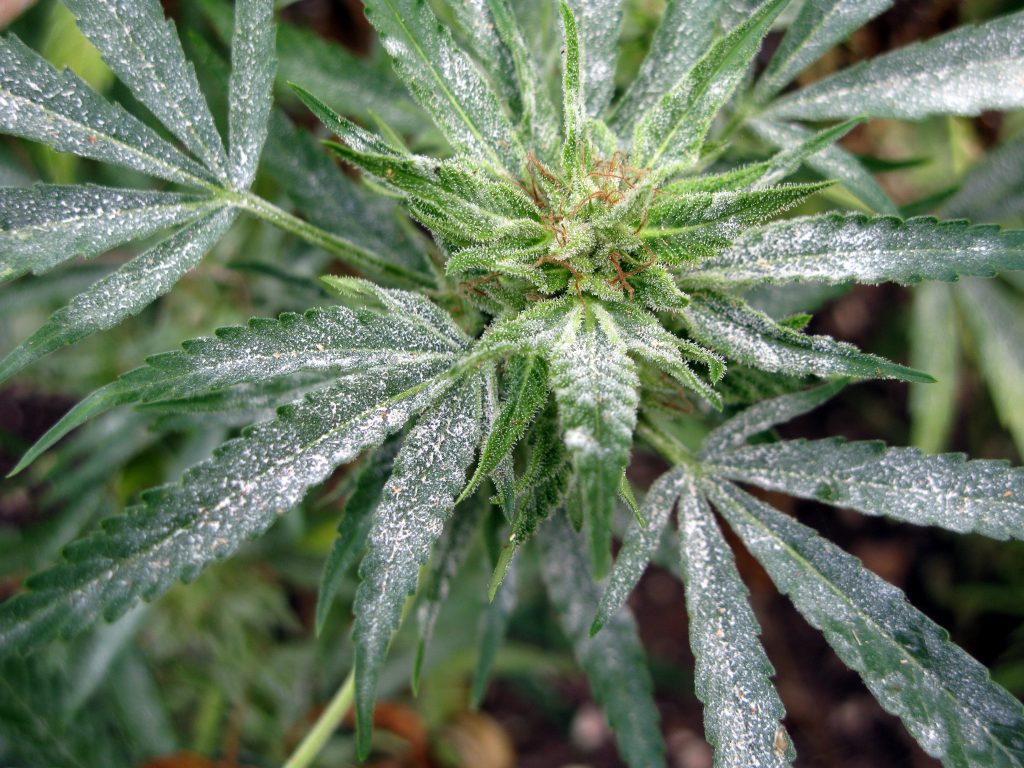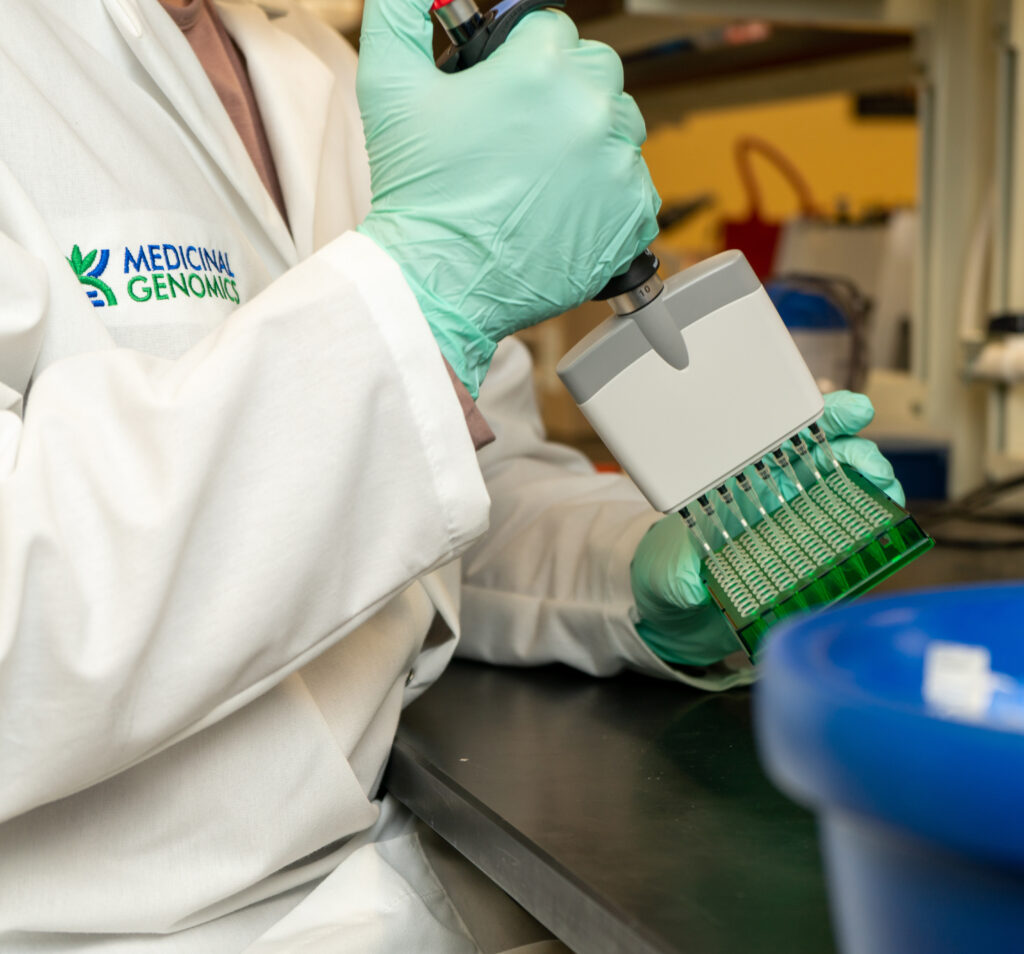Hop Latent Viroid
Hop latent viroid (HLVd) is a single-stranded, circular infectious RNA that completely depends on the metabolism of the host plant. As the name suggests, HLVd was first identified in the hop plant, but it can also infect cannabis, which is a relative of hops. In fact, some experts claim the effects of the disease are even more serious in cannabis, causing stunted plants with small, loose buds that have fewer trichomes. Once infected, plants can only be saved via a lengthy tissue culture process that will produce a new viroid-free plant.
Read more about Hop Latent Viroid
BUY NOW
Fusarium
Fusarium is a soil-dwelling fungus that causes yellowing and wilting of cannabis leaves and stems. The fungus can sit dormant in soil for years before becoming active and infecting a viable host plant. There is no effective treatment against fusarium. Cannabis plants that are infected are a lost cause, as well as any seeds they produce.
BUY NOW
Pythium
Pythium is a soilbourne fungus that can cause crown rot or root rot in cannabis plants. In either case, the plant will wilt and die. Pythium affects a broad range of crops, including greenhouse crops, ornamentals, and field crops. As a result, the host range of the Pythium species infecting cannabis is broad and pathogens may originate from and spread to other host plants.
BUY NOW
Lettuce Chlorosis Virus
Lettuce chlorosis virus (LCV) is a linear, single-stranded positive-sense RNA virus and a member of the Crinivirus family. Cannabis and hemp plants that are infected early will suffer stunted growth, but may not show visual signs until a few weeks into flowering. Those visual signs of LCV infection include yellow, rolling, brittle leaves. While the infection does not kill cannabis and hemp plants, it significantly affects yield and potency. The plant will produce smaller flowers with fewer trichomes, cannabinoids, and terpenes.
Read more about Lettuce Chlorosis Virus
BUY NOW
Cannabis Cryptic Virus
Cannabis cryptic virus (CCV) is a double-stranded RNA virus and a member of the Partitiviridae family. Researchers detected CCV in leaves showing signs of hemp streak virus; however, the presence of CCV alone did not cause streak symptoms. It’s possible that CCV interacts with other fungal pathogens to produce disease symptoms in cannabis and hemp plants, which is why monitoring the presence of CCV could be valuable. Furthermore, CCV can be vertically transmitted through seeds, which means breeders may want to screen plants before crossing.
BUY NOW
Tobacco Mosaic Virus
Tobacco Mosaic Virus (TMV) is a positive-sense single-stranded RNA virus that infects a number of different plants, most notably tobacco. Although there are no documented cases of TMV infecting cannabis or hemp plants in the literature, many growers suspect TMV in plants that develop a mosaic-like pattern of discoloration on the leaves that cannot be attributed to nutrient deficiencies. Our team has screened several suspected TMV plants only to find Hop Latent Viroid. While this does not rule out the possibility of TMV infecting cannabis and hemp plants, we have not been able to confirm an infection, yet.
Read more about Tobacco Mosaic Virus
BUY NOW
Powdery Mildew
Powdery Mildew is arguable the most destructive Cannabis pest. It is an obligate biotroph that can vascularize into the plant tissue and remain invisible to a grower. It tends to emerge and sporulate 2 weeks into flowering thus destroying very mature crop with severe economic consequences. It is believed to travel in clones and its is not known if it travels in seeds. Other stressful events like cloning can trigger Powdery Mildew spore formation.
Read more about powdery mildew
BUY NOW
Botrytis
Botrytis cinerea is a systemic mold infection in Cannabis. This mold is often called “Bud Rot” or “grey mold”. It can remain cryptic or dormant for long periods of time before it sporulates. The infection starts within the bud, making it difficult to detect in the early stages of infection. Peer-reviewed papers have also demonstrated that Botrytis is a systemic infection that can be passed to future generations via seeds.
BUY NOW
Russet Mites
The microscopic Hemp Russet mite infects cannabis and can result in significant crop loss and chronic infestations. Russet mites are 200um x 45um and are thus invisible to the eye until late infection when their numbers begin to discolor the plant.
Russet mites are resistant to most pest treatments and thus care must be taken to screen incoming material to a grow. Visual detection of mature mites is possible with 14X objective loupe but eggs and nymphs likely escape convenient optical detection. They are believed to be hosts for other plant viruses.
BUY NOW


